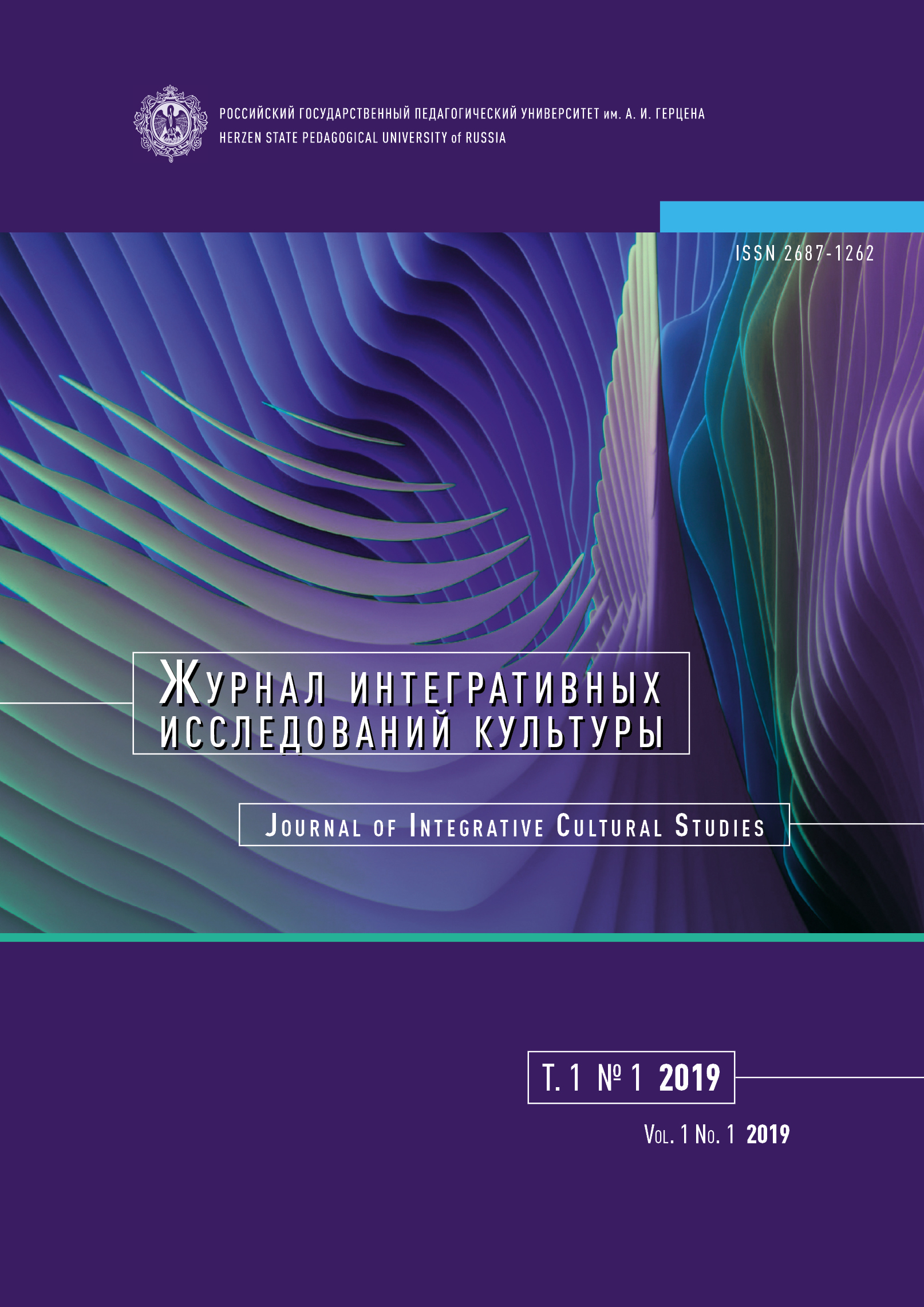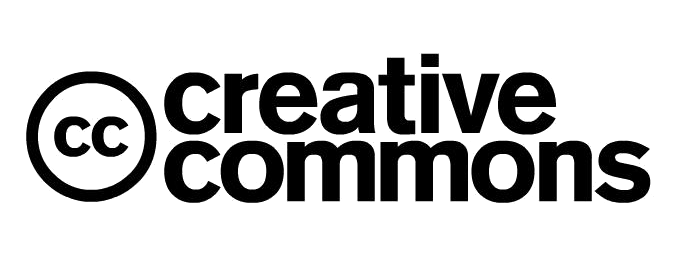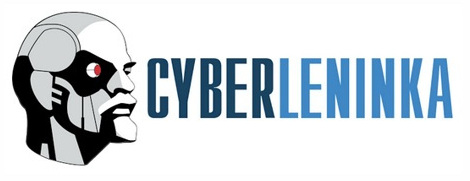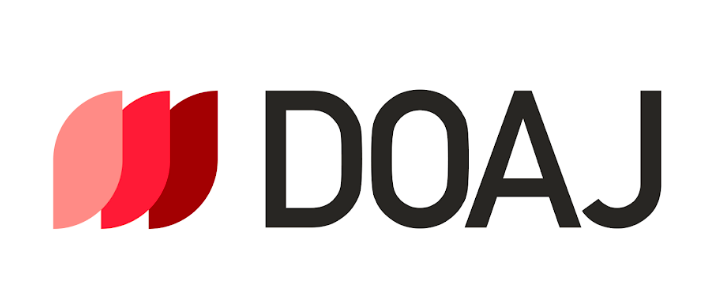Images of an abuser and a victim in modern Russian cinematography
DOI:
https://doi.org/10.33910/2687-1262-2019-1-1-40-45Keywords:
victim, abuser, manipulator, identification, abuse, behavior, harassment, power, plot, family relationsAbstract
The article focuses on the phenomenon of covert abuse that is common in modern society. The author reviews Boris Khlebnikov’s film “Arrhythmia” (2017) and studies the images of the two main characters of the film, Oleg and Katya, a married couple on the verge of divorce. The images of the heroes are analysed and interpreted within the framework of the “abuser” and “victim” concepts as defined by the American psychologist Lundy Bancroft and the French psychotherapist Marie-France Hirigoyen.
The methodology developed by psychologists and psychotherapists, allows us to explore and adjust the behaviour and motives of both sides involved in a family conflict related to hidden abuse, as well as to analyse the images of the abuser and the victim in the texts of culture. The analysis of cinematography representing various models of interpersonal interaction is one of the most productive ways of reflecting on conflict situations associated with the distribution of roles in the socio-cultural and family hierarchy.
The article analyses the type of behaviour and motivation for each hero, placed in the framework of the provided scheme of “abuser” and “victim” roles, and describes the main plot lines of the film. Oleg, who is a typical “abuser”, justifies his abusive behaviour by problems at work, and Katya, who is a loyal “victim”, is easily manipulated by her husband. The interlacing of the characters’ professional activity and family relationship becomes a prolific field for investigation into Oleg and Katya’s interaction and behaviour patterns, representing a model of an interdependent relationship based on the roles and the scheme described above.
References
ЛИТЕРАТУРА
«Аритмия»: Что говорят врачи? (2017) Сеанс, 12 октября. [Электронный ресурс]. URL: https://seance.ru/blog/aritmia-consilium/ (дата обращения: 25.10.2017)
Иригуайан, М.-Ф. (2005) Моральные домогательства: скрытое насилие в повседневности. Екатеринбург: У-Фактория, 272 с.
Комарова, С. (2017) «Аритмия» Бориса Хлебникова бьет рекорды отечественного проката. Информационно-аналитический интернет-портал РосРегистр. [Электронный ресурс]. URL: http://rosregistr.ru/raznoe/65919.html (дата обращения: 25.10.2017)
Тепанян, К. (2017) В прокат выходит «Аритмия» Хлебникова: режиссёр рассказал о фильме. Метро, 12 октября, № 192 (3772), с. 14.
Bancroft, L. (2003) Why does he do that? Inside the minds of angry and controlling men. New York: Berkley Books, 432 p. (In English)
REFERENCES
“Aritmiya”: Chto govoryat vrachi? [Arrhythmia: What do the doctors say?] (2017) Seance, 12 October. [Online]. Available at: https://seance.ru/blog/aritmia-consilium (accessed 25.10.2017). (In Russian)
Bancroft, L. (2003) Why does he do that? Inside the minds of angry and controlling men. New York: Berkley Books, 432 p. (In English)
Hirigoyen, M.-F. (2005) Le harcelement moral: la violence perverse au quotidien. Ekaterinburg: U-Faktoriya Publ., 272 p. (In Russian)
Komarova, S. “Aritmiya” Borisa Khlebnikova b’et rekordy otechestvennogo prokata [“Arrhythmia” by Boris Khlebnikov beats records of domestic cinema showings] Informatsionno-analiticheskij internet-portal RosRegistr. [Online]. Available at: http://rosregistr.ru/raznoe/65919.html (accessed 25.10.2017). (In Russian)
Tepanyan, K. (2017) V prokat vykhodit “Aritmiya” Khlebnikova: rezhisser rasskazal o fil’me [“Arrhythmia” released: the director Khlebnikov told about the film]. Metro, 12 October, no. 192 (3772), p. 14. (In Russian)
Downloads
Published
Issue
Section
License
Copyright (c) 2019 Viktoriya D. Danilova

This work is licensed under a Creative Commons Attribution-NonCommercial 4.0 International License.
The work is provided under the terms of the Public Offer and of Creative Commons public license Creative Commons Attribution 4.0 International (CC BY 4.0).
This license permits an unlimited number of users to copy and redistribute the material in any medium or format, and to remix, transform, and build upon the material for any purpose, including commercial use.
This license retains copyright for the authors but allows others to freely distribute, use, and adapt the work, on the mandatory condition that appropriate credit is given. Users must provide a correct link to the original publication in our journal, cite the authors' names, and indicate if any changes were made.
Copyright remains with the authors. The CC BY 4.0 license does not transfer rights to third parties but rather grants users prior permission for use, provided the attribution condition is met. Any use of the work will be governed by the terms of this license.







